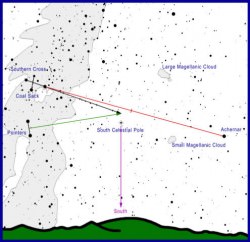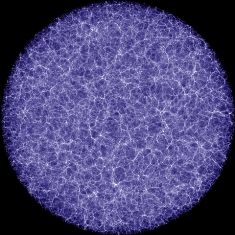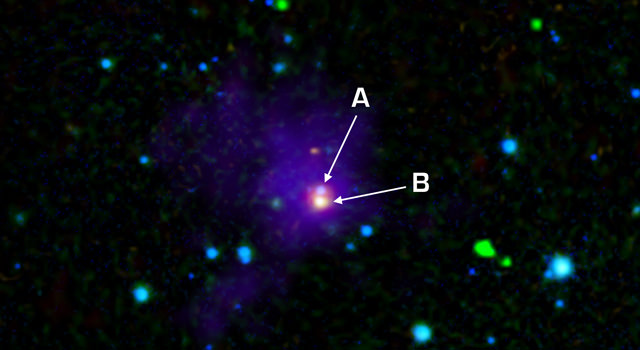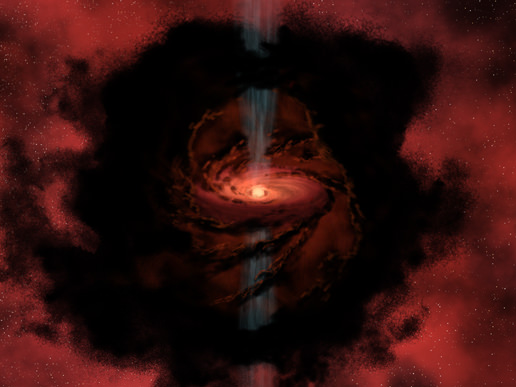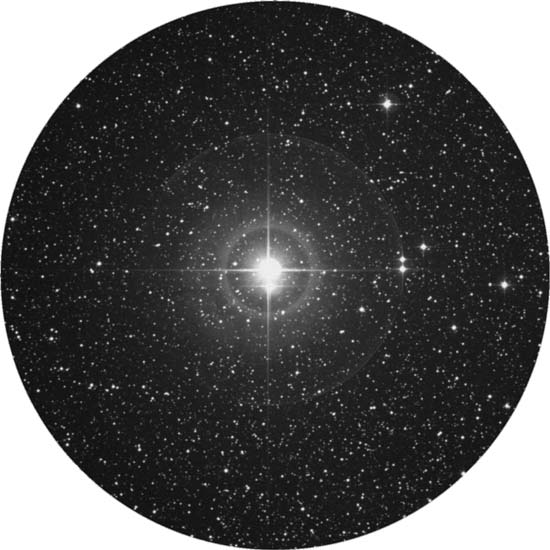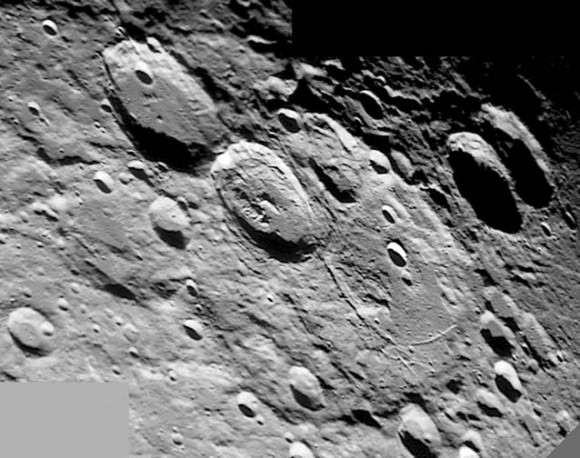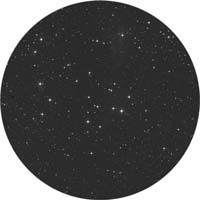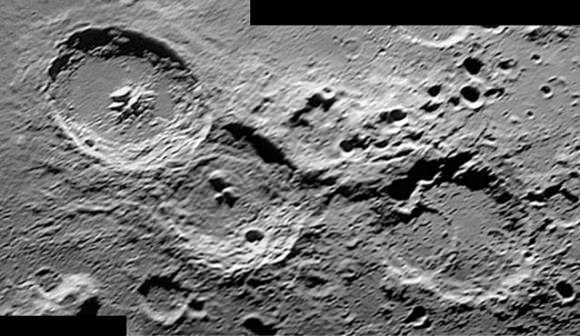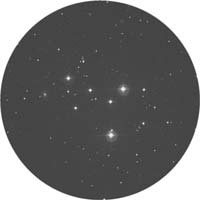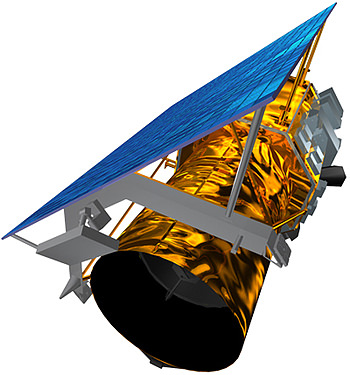Occurring every year in mid-December, the Geminid meteor shower is commonly referred to as the most reliable meteor shower of the year. That is, it almost always puts on a great show!
The Geminid meteor shower is sure to be a stunning show this year, as the Moon will not be visible at night, so its glow will not impede your meteor viewing ability. In addition, the Geminids’ radiant is favorably positioned for most viewers at this time of year. In order to see the most meteors, I suggest the following tips:
- The Geminid meteor shower has a very broad maximum peak. Because of this, the night on which you view the meteors isn’t critical. You will of course, see more meteors on the peak nights. This year the Geminid meteor shower’s peak is the night of December 13th-14th, 2009.
- The best time to view a meteor shower is in the late night to early morning hours. The best time to view a meteor shower typically begins around 2 AM. This is because as the Earth rotates toward dawn, the forward velocity of the planet adds to the linear velocity of the surface and atmosphere. This has the effect of “sweeping up” more meteors.
- If you’re not normally awake at 2 AM, like many people, simply go to sleep very early and set an alarm clock to wake you up to view the meteor shower. Trust me on this point, it is definitely worth it.
- The Geminid meteor shower’s radiant is right near the twin bright stars Castor and Pollux in Gemini. Click the image at top right to see a map (thanks to Stellarium). The trick, however, isn’t to look towards the radiant, but to keep your eyes on the whole sky. While it’s impossible to look at the whole sky, just keep your eyes scanning and alert. This increases your chances of seeing a fleeting meteor or one out of the corner of your eye.
- Darkness is key to proper meteor shower viewing. If you live in a city or other light polluted area, try going to a dark sky site to truly experience a meteor shower. You might be surprised how close a dark sky site is to you! Here are some tips on finding a dark sky near you.
- Dress warm! The cold December air will seem extra cold, since you’ll be sitting outside, inactive for the most part. I also have some tips on cold-weather astronomy at Visual Astronomy. If you are too cold, go inside for a bit! Your safety is not worth seeing some meteors!
- Keep comfortable, too! I’ve found the best way to watch meteor showers is either laying down in a sleeping bag, or on an Adirondack or other reclining lawn chair. This allows you to keep your eyes on the sky without straining your neck!
- Keep safe! If you’re traveling to an unknown or unfamiliar area to watch the meteor shower, don’t travel alone! Take a buddy with you. Not only is this great for safety, but meteor showers should be a social event, and are fun to share with a friend!
- Green lasers are great for pointing out celestial objects. I use one to point out objects to people, and it works much better than trying to point with your hand. Just be careful with it and do not use a laser more powerful than 5 mW.
- Finally, if you’re feeling ambitious, take pictures! This is a real challenge, but if you’re up to it, it’s a very rewarding challenge. You’ll need a tripod and a camera that can take long exposures. Set your exposure for somewhere around 30 seconds and let it record the whole sky. If a meteor crosses the field of view, it will be captured, and you can keep it forever!
So using these tips, you can get the most out of your Geminid viewing experience!

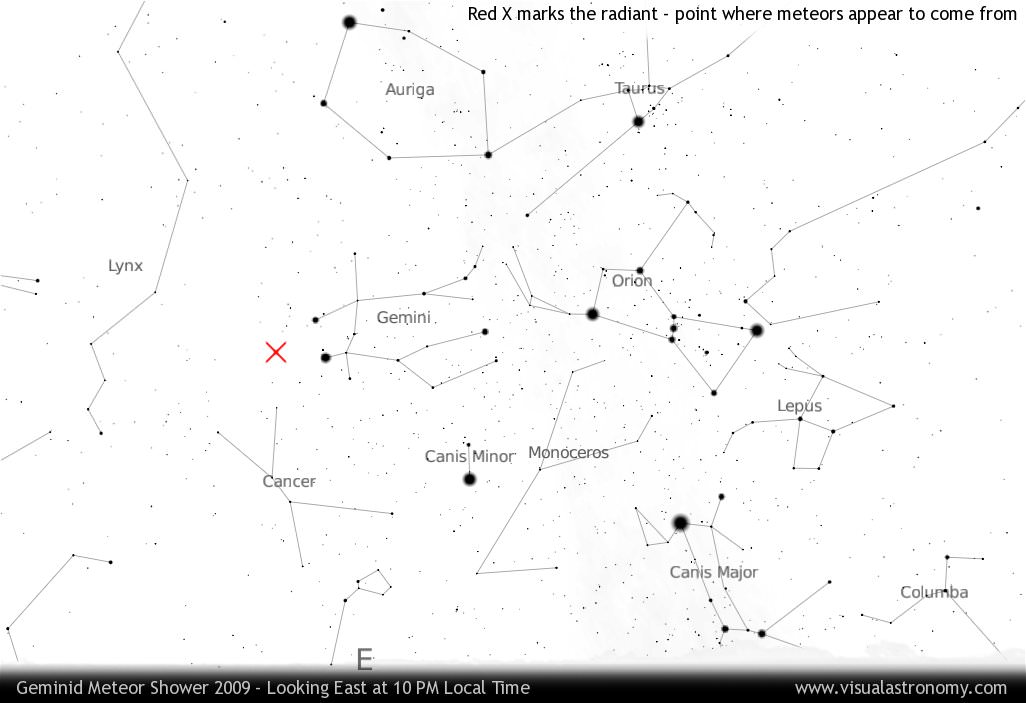
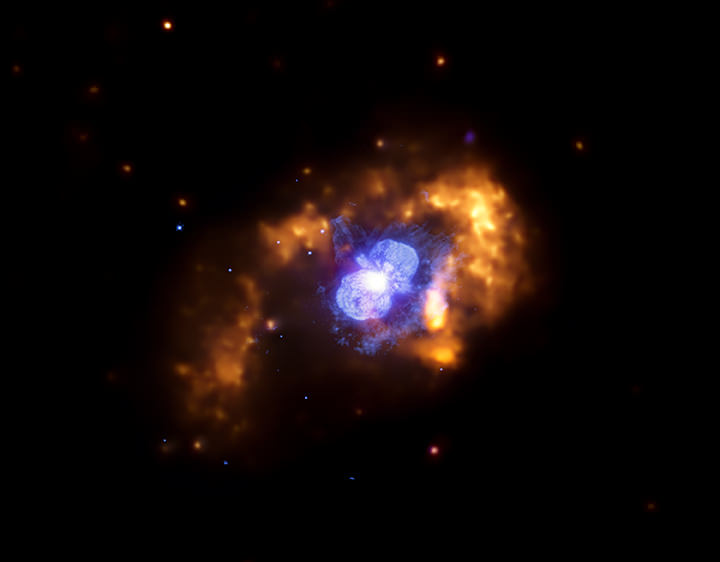
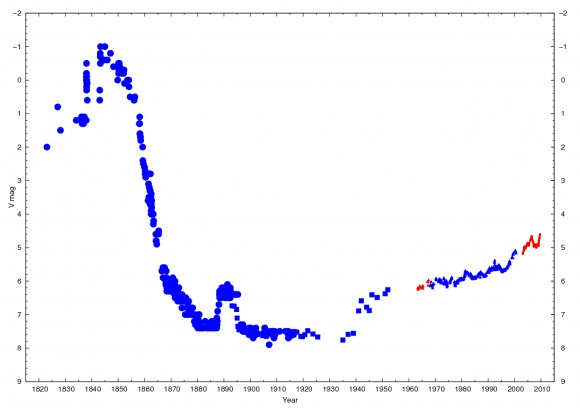
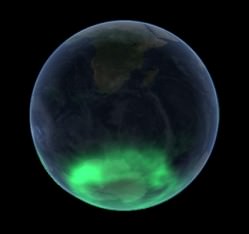 climb a mountain in Tasmania, or even better catch an icebreaker to Antarctica, to see it.
climb a mountain in Tasmania, or even better catch an icebreaker to Antarctica, to see it.